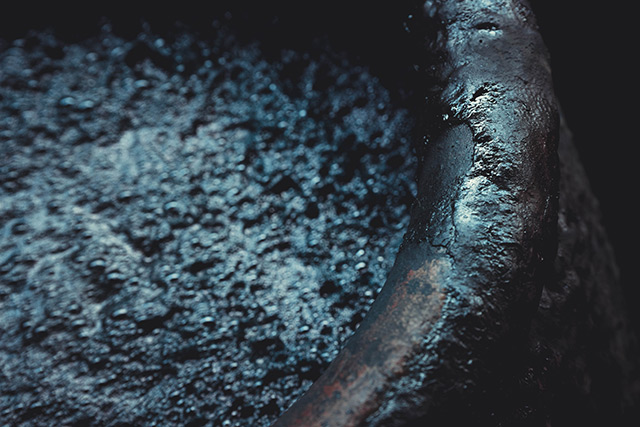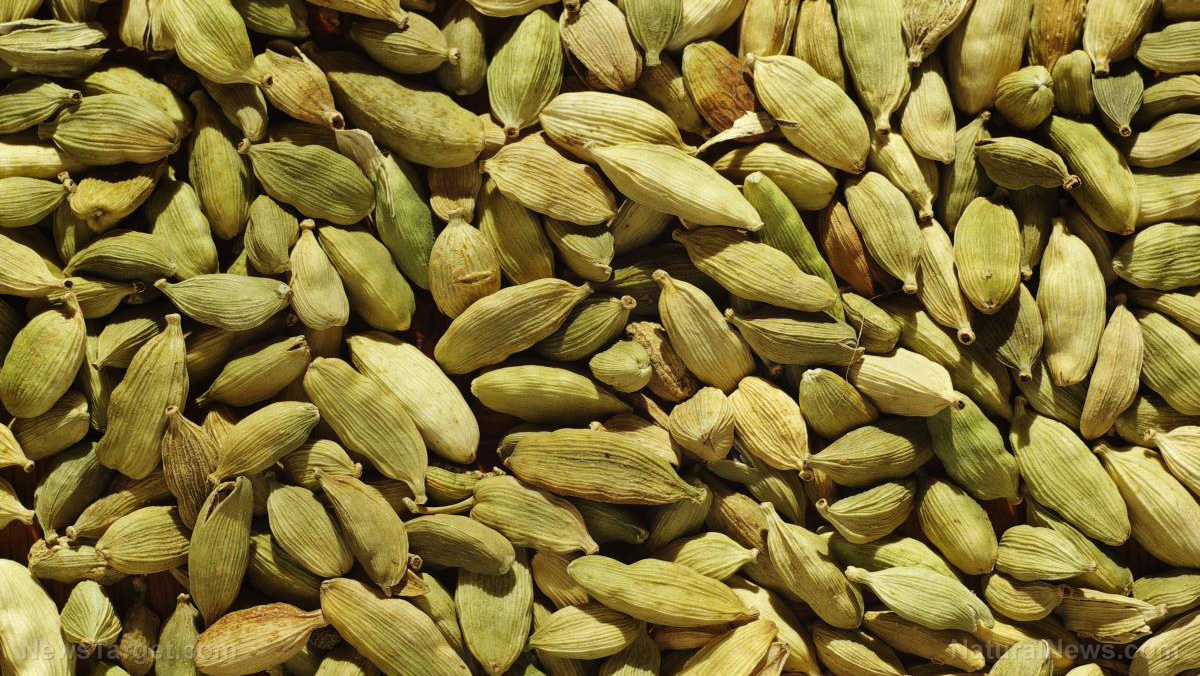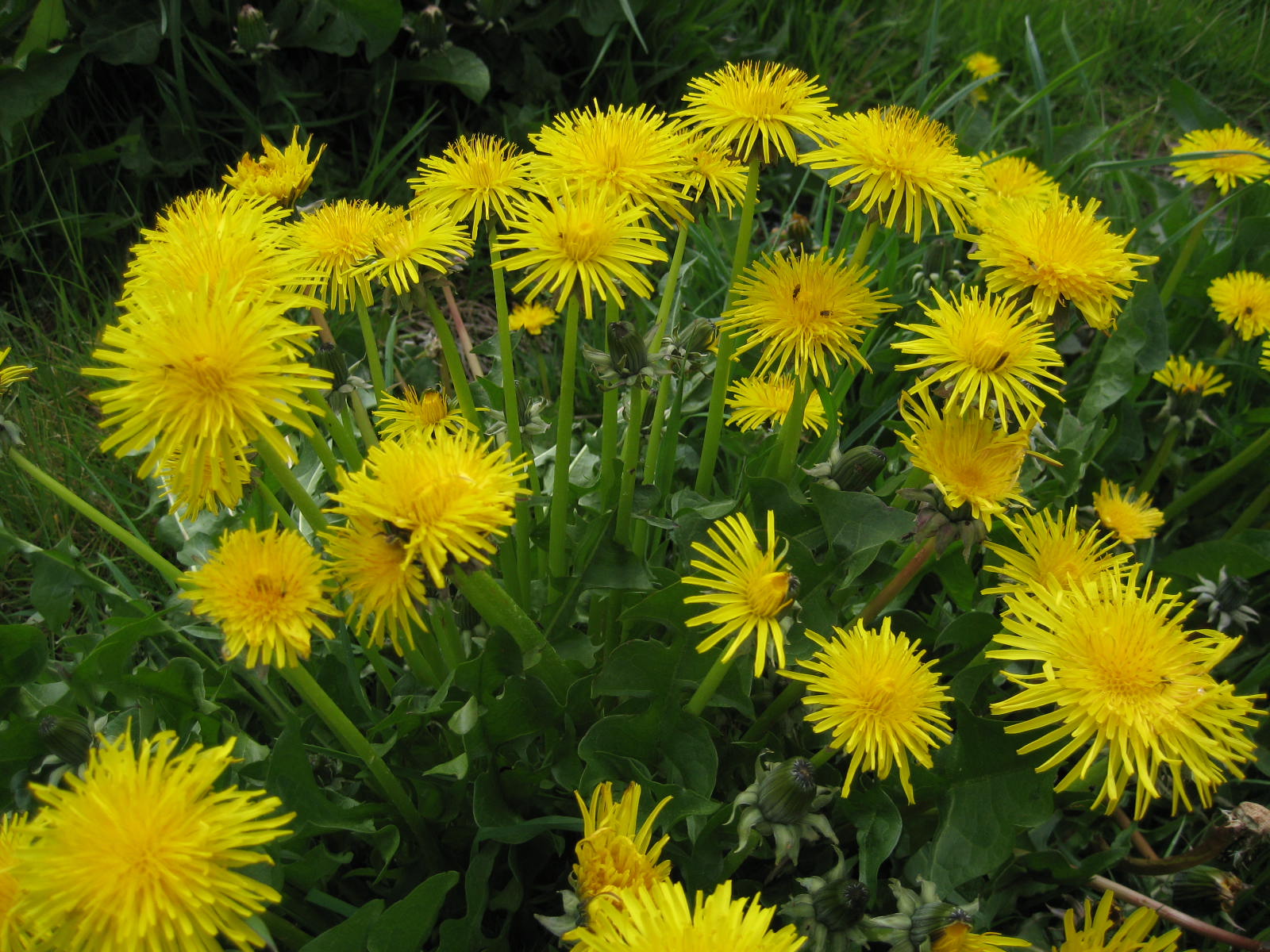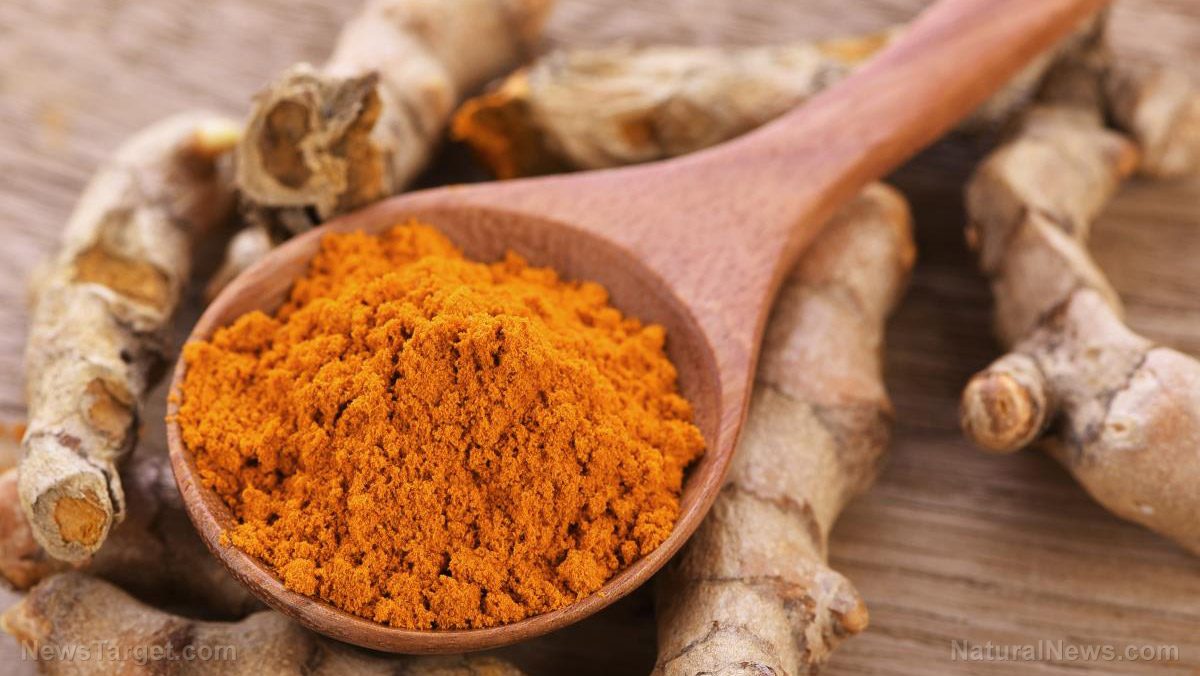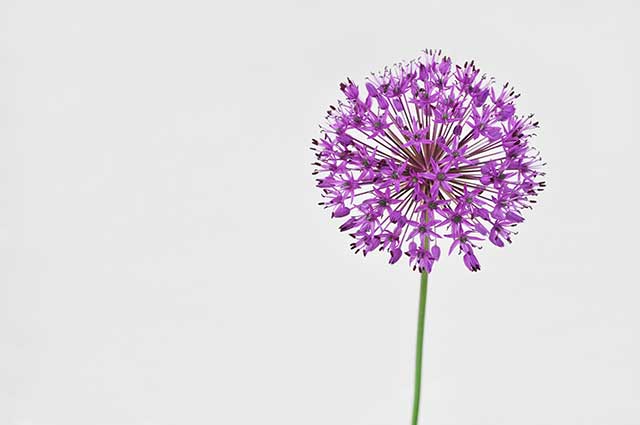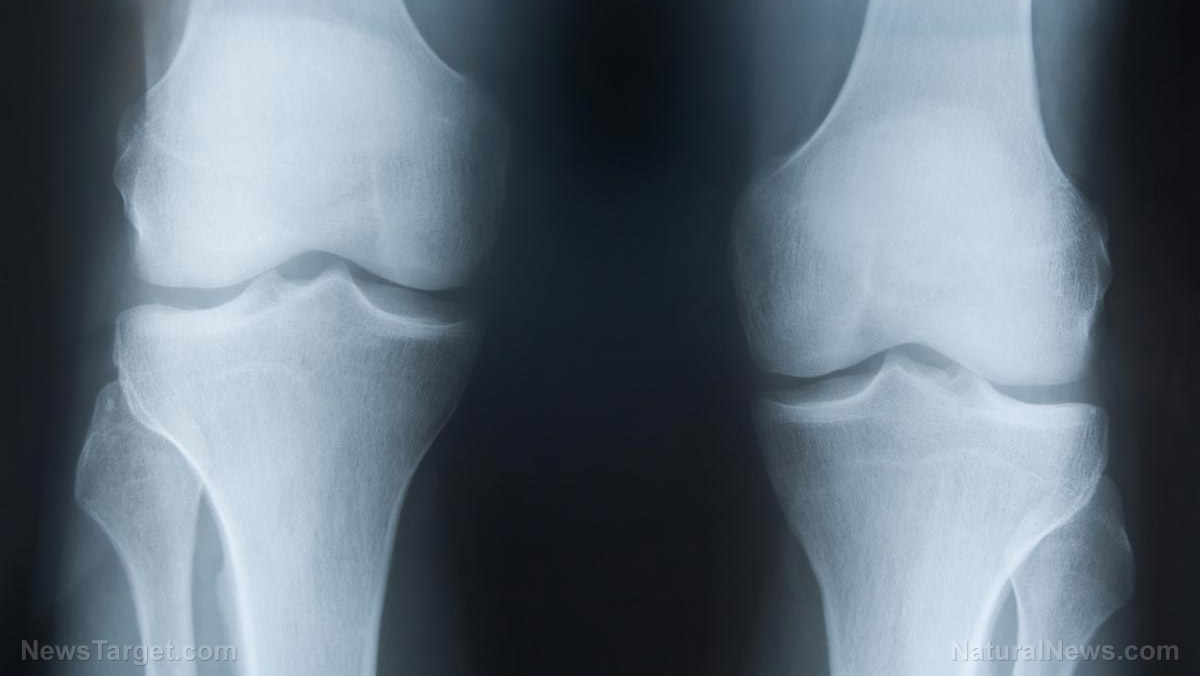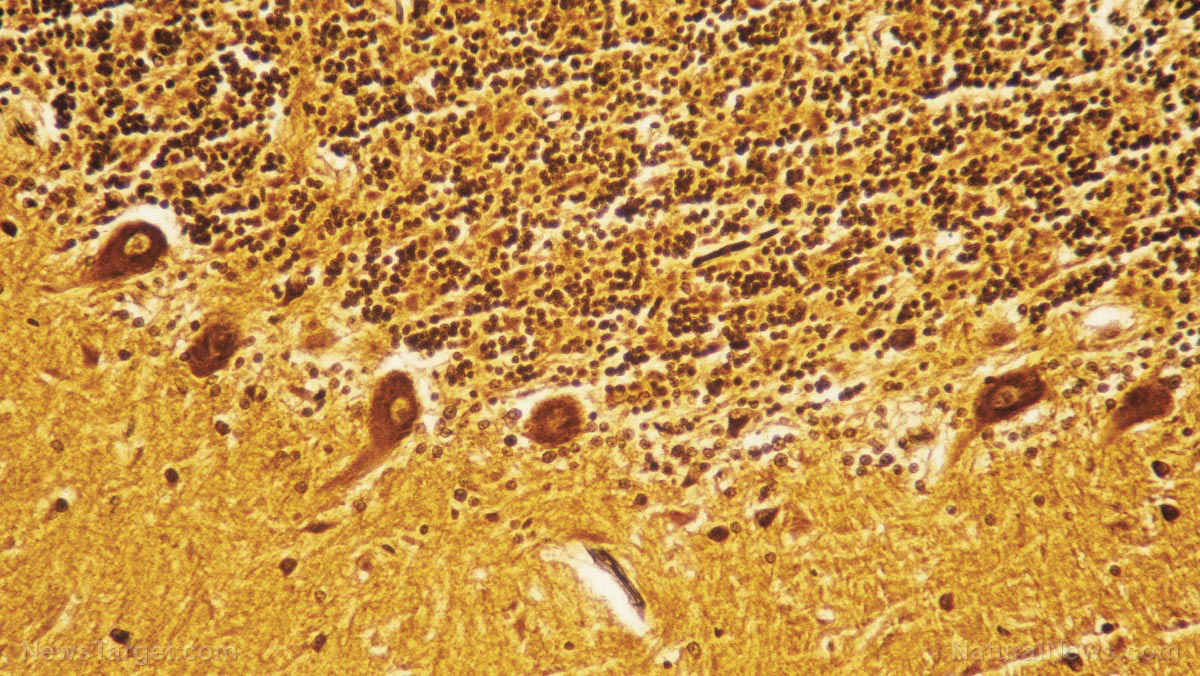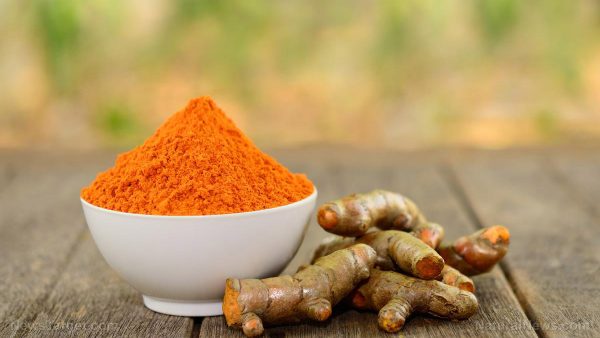Compounds in saffron found to demonstrate toxicity against cancer cells
07/28/2018 / By Rhonda Johansson

Saffron is a small, perennial spice derived from the flower of the Crocus sativis (more commonly known as the “saffron crocus”). Considered to be the world’s most expensive spice due to its rarity, saffron holds the claim in being a highly beloved medicinal herb as well. A botanical review of the food item found that compounds in saffron display high toxicity against cancer cells. These results, published in the Journal of Nutrition & Intermediary Metabolism, suggest that saffron may be used as an alternative treatment for cancer.
- Authors of the review collected 78 journals from various medical databases (73 were in English, the other five were written in Persian).
- The period ranged from the inception of these specific databases up to November 2015.
- Cross analyses of both in vitro and in vivo studies concluded that saffron is a potent anti-cancer agent.
- Its efficacy was especially profound for these cancer varieties: breast, cervix, blood, liver, lung, and pancreas.
- Apart from these compelling results, saffron did not display notable toxicity against healthy cells at low doses.
- Further, saffron may even reduce the toxic effects of some radiation drugs.
It was concluded that saffron is a safe, natural, and remarkably effective remedy for cancer. Emphasis must also be made on saffron’s ability to hinder cancer growth without damaging healthy cells.
Read the full text of the review at this link.
Cancer can be cured with natural items. Learn more about these superfoods at CancerSolutions.news.
Journal Reference:
Milajerdi A, Djafarian K, Hosseini B. THE TOXICITY OF SAFFRON (CROCUS SATIVUS L.) AND ITS CONSTITUENTS AGAINST NORMAL AND CANCER CELLS, Journal of Nutrition & Intermediary Metabolism. 2016;3:23–32. DOI: 10.1016/j.jnim.2015.12.332
Tagged Under: alternative medicine, cancer, cancer treatments, natural cures, natural remedies, Natural Treatments



